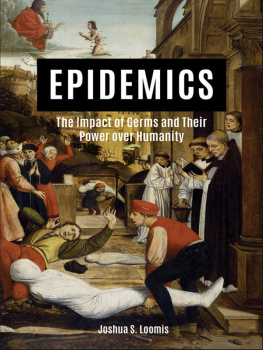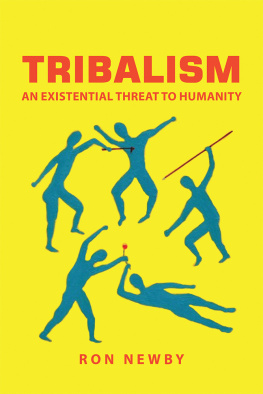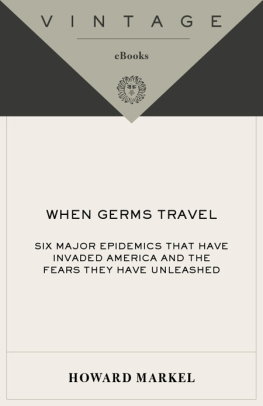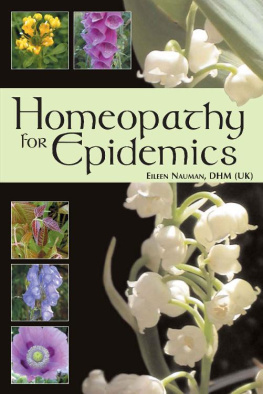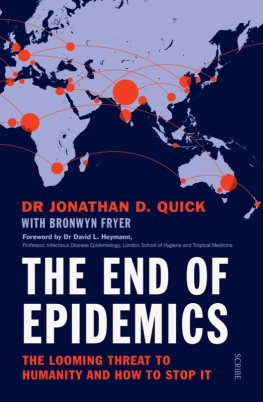Contents
Guide
Pagebreaks of the print version
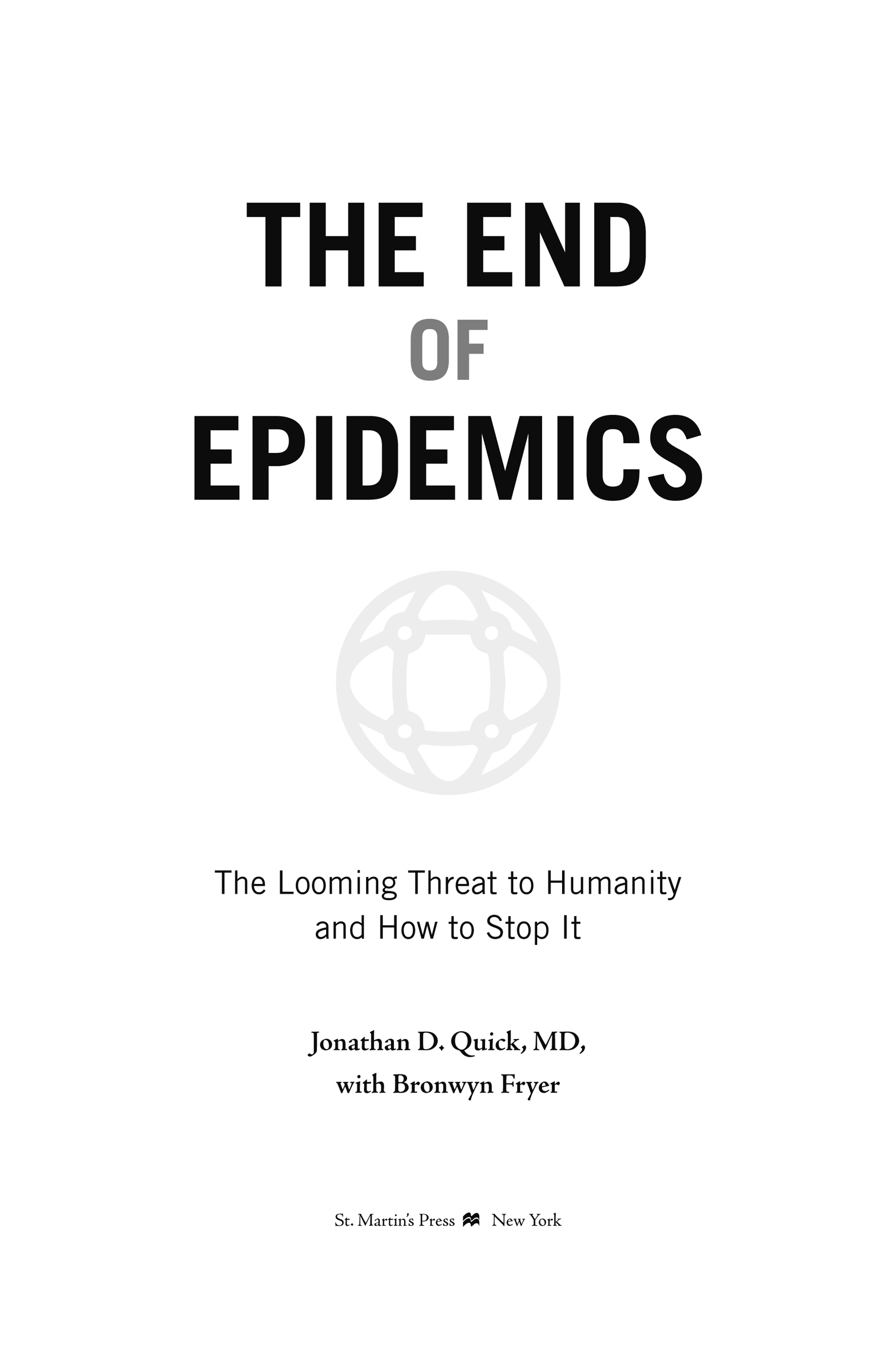
The author and publisher have provided this e-book to you for your personal use only. You may not make this e-book publicly available in any way. Copyright infringement is against the law. If you believe the copy of this e-book you are reading infringes on the authors copyright, please notify the publisher at: us.macmillanusa.com/piracy.
Please note that some of the links referenced throughout this work are no longer active.
To the memories of
Dr. D. A. Henderson, a tenacious and ultimately victorious
leader in the battle to end the scourge of smallpox.
and
Nurse Salome Karwah, an Ebola survivor who saved many lives
and later was left to die in childbirth, a victim of stigma.
Unless otherwise specified, all dollar amounts are U.S. currency.
ACLU | American Civil Liberties Union |
ACT UP | AIDS Coalition to Unleash Power |
ADDO | Accredited Drug Dispensing Outlet |
AIDS | Acquired Immune Deficiency Syndrome |
BSE | bovine spongiform encephalopathy |
BSL | Biosafety Level |
CAFO | Concentrated Animal Feeding Operations |
CDC | Centers for Disease Control and Prevention (U.S.) |
DDT | dichlorodiphenyltrichloroethane |
DNA | deoxyribonucleic acid |
EIS | Epidemic Intelligence Service |
FAO | Food and Agriculture Organization of the United Nations |
G7 | Group of 7 |
G20 | Group of 20 |
GAO | United States Government Accountability Office |
GDP | gross domestic product |
GHSA | Global Health Security Agenda |
GPHIN | Global Public Health Intelligence Network |
GRID | Gay Related Immune Deficiency |
HIV | human immunodeficiency virus |
IHR | International Health Regulation |
ISIS | Islamic State in Iraq and Syria |
MERS | Middle East Respiratory Syndrome |
MBM | meat and bone meal |
MMR | measles mumps rubella |
MRSA | Methicillin-resistant Staphylococcus aureus |
MSF | Mdecins Sans Frontires (in English, Doctors Without Borders) |
MSH | Management Sciences for Health |
NGO | nongovernmental organization |
NIH | National Institutes of Health (U.S.) |
PEF | Pandemic Emergency Financing |
PEPFAR | Presidents Emergency Plan for AIDS Relief (U.S.) |
PHEIC | Public Health Emergency of International Concern |
R&D | research and development |
SARS | severe acute respiratory syndrome |
SMAC | Social Mobilization Action Consortium |
TAC | Treatment Action Campaign |
UNAIDS | Joint United Nations Programme on HIV/AIDS |
UNICEF | United Nations Childrens Fund |
USAID | United States Agency for International Development |
USDA | U.S. Department of Agriculture |
vCJD | CreutzfeldtJakob (mad cow) disease |
WHO | World Health Organization |
Following a frightening meeting with my staff at the peak of the West Africa Ebola crisis, I asked myself, What would it take to prevent such devastating epidemics? A new pandemic could kill more than 300 million people worldwide. It could also reduce global GDP by 5 to 10 percentan impact equivalent to the financial crisis of 2008. There will always be new outbreaks of infectious diseases. But as a medical doctor and a global health leader, I know that by following the prescriptions laid out in this book, it is within the power of modern public-health leaders to keep such outbreaks from exploding into catastrophic epidemics that kill thousands or millions.
I was more alarmed than I had ever been in my 35 years of working in public health. The world was facing a potentially global catastrophe unlike anything I, or any of my colleagues, had ever seen. In response to the fears of my far-flung staff, I knew I had to be straightforward and talk frankly and calmly about the crisis.
It was a rainy Thursday morning, October 9, 2014, and 100 of us were stuffed into a classroom-sized room where I was hosting a videoconference for the global health nonprofit that I led, Management Sciences for Health (MSH). More than 500 staff members from our home office near Boston, and those in field offices in Africa, Asia, and Latin America, were huddled around our various communication devices, listening intently. We had all read or heard appalling reports from medical teams on the ground in West Africa, where the Ebola virus was spinning out of control, condemning thousands of peopleincluding some of our own beloved colleaguesto horrific deaths. At this moment, some team members were reporting in from ground zero in Liberia, where the epidemic was rampaging.
The treatment facilities are overrun with cases, they told us. Whole parts of the health system are at a standstill. Staff and patients are scared away. Patients refuse to go to community health centers; they see them as places to die. Corpses are lying in the streets. Women were delivering babies without trained help. Malaria cases were going untreated, adding to the death toll. In defiance of ancient traditions in which families lovingly touch and swaddle the dead, villagers were being instructed by strange people in alien-looking plastic moon suits not to hug each other, shake hands, or touch their loved ones.
With the risk to our staff, why are we there? someone sitting near me asked.
It was an obvious question. And we all wondered about the follow-on: Where would Ebola travel next, given all the remote places MSH operated in around the planet? Thomas Duncan, the first Ebola patient in the U.S., had died just the day before at Texas Health Presbyterian Hospital in Dallas. Which city would be next? Paris? Tokyo? Moscow? Mexico City? Right here, where some of us were sitting, in Boston? Symptoms didnt show up for several days. Unknowingly infected people who had been in West Africa could be coming to our offices.
I was especially worried for our staff in the hot zone. Ian Sliney, our stiff-upper-lipped British colleague, candidly admitted that, despite taking all precautions, he was worried. What could I tell him and the others? Ian and hundreds like him were real heroes, first responders on the front lines of the outbreak. They were taking their temperatures constantly and dousing their hands, arms, feet, and everything else in chlorine.





